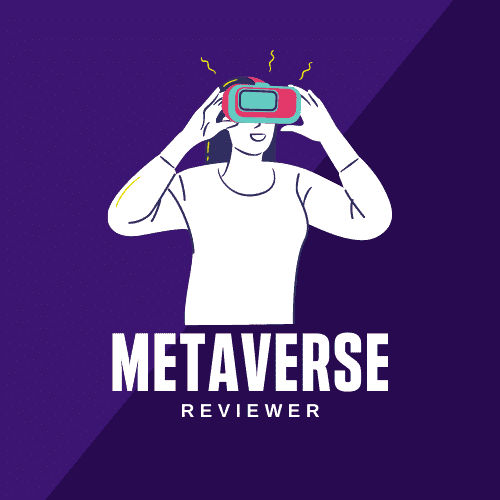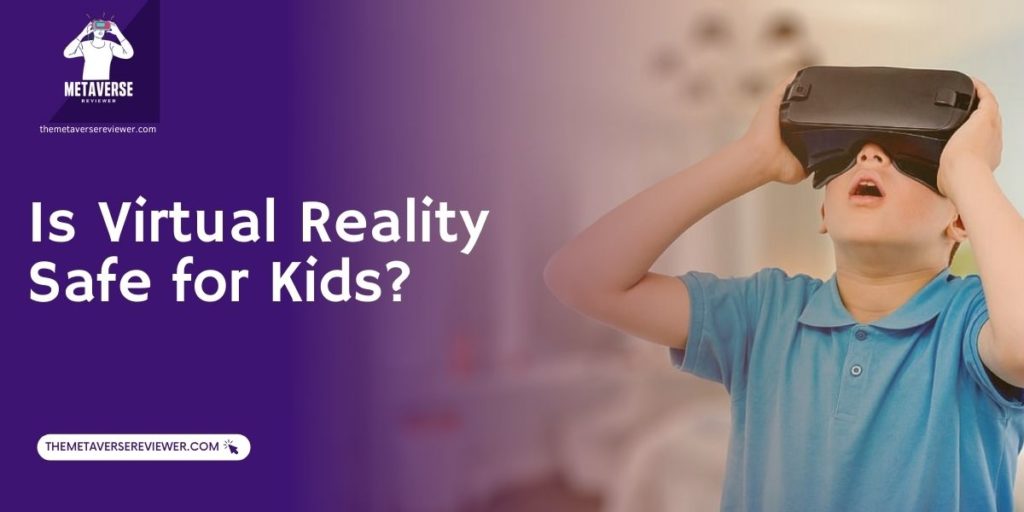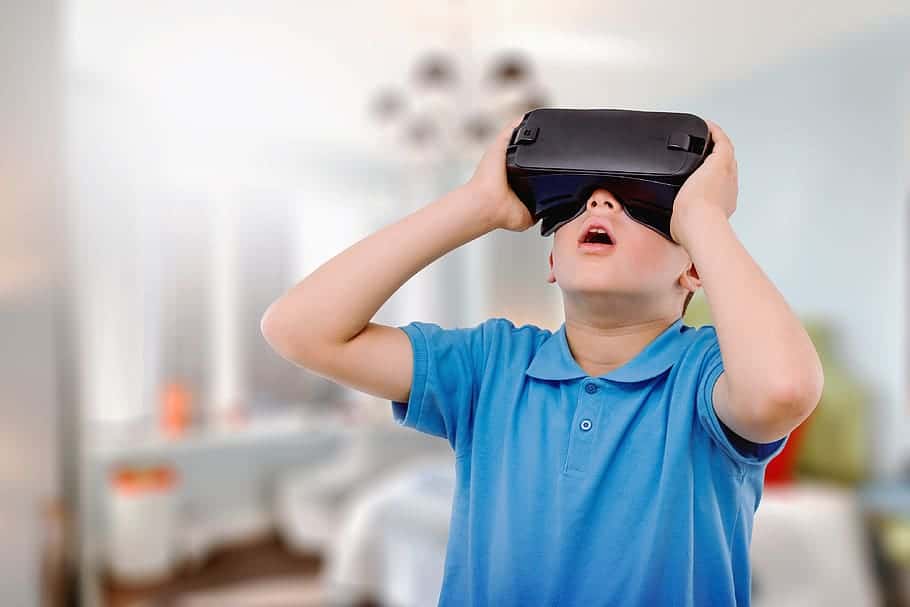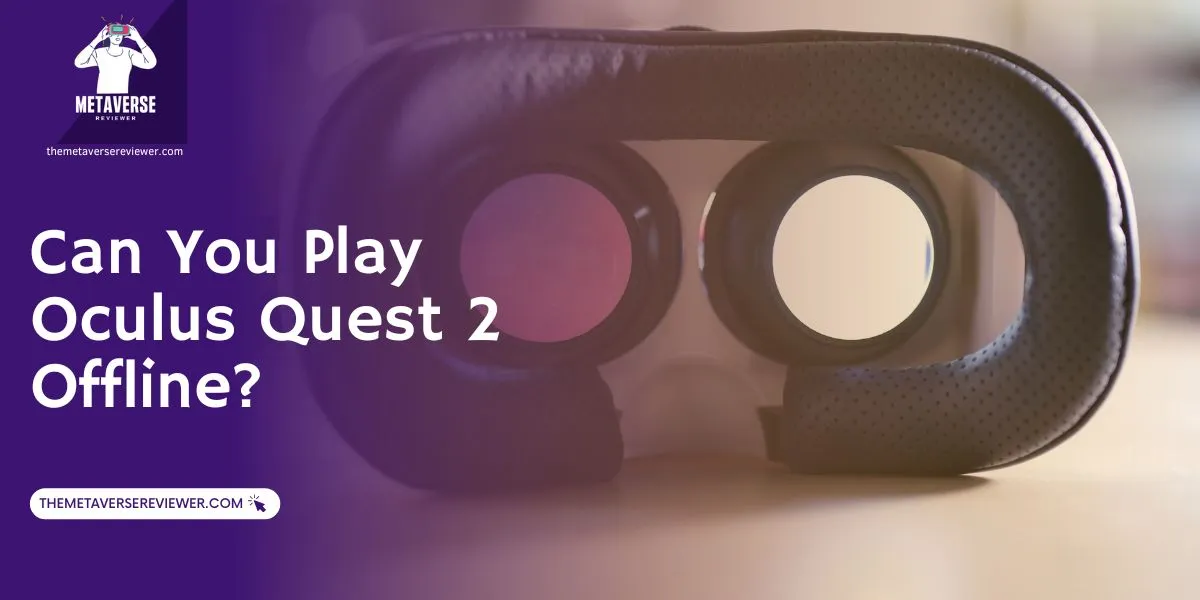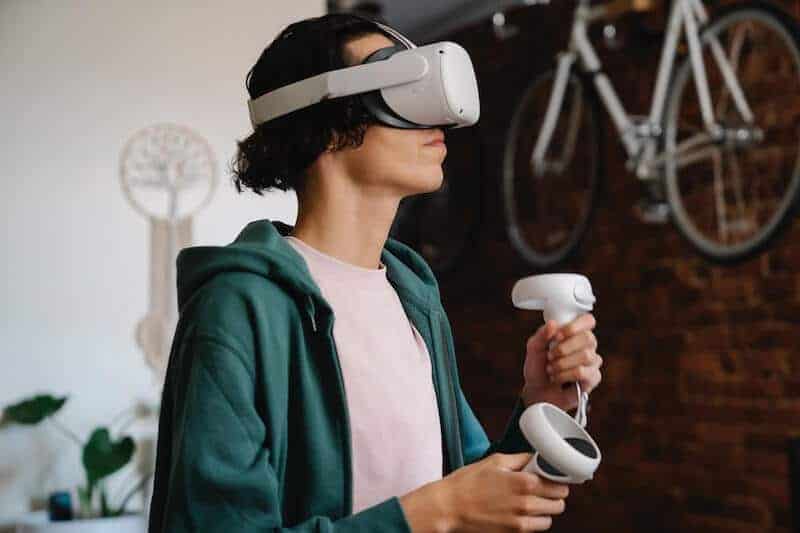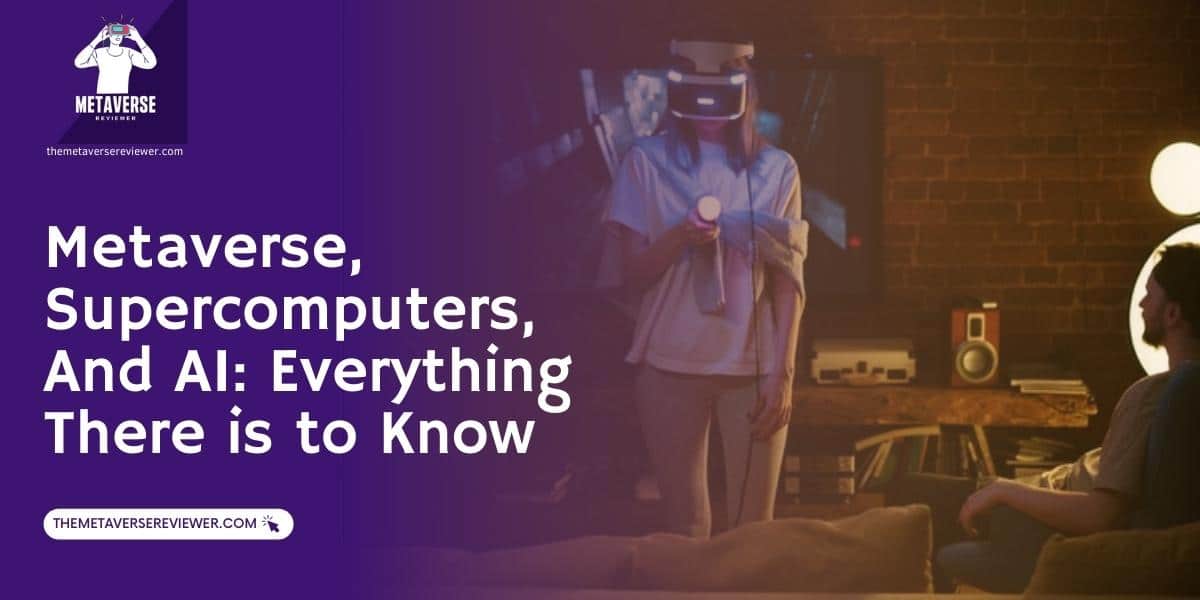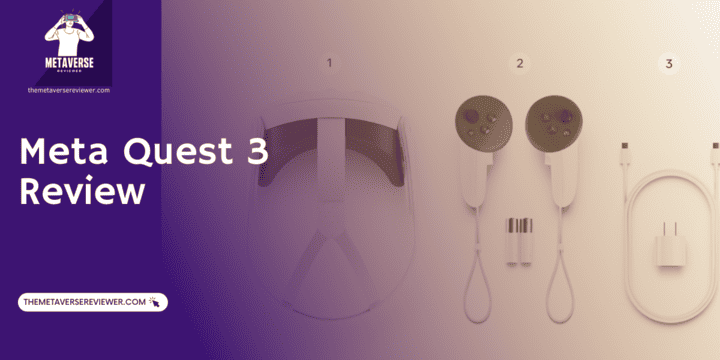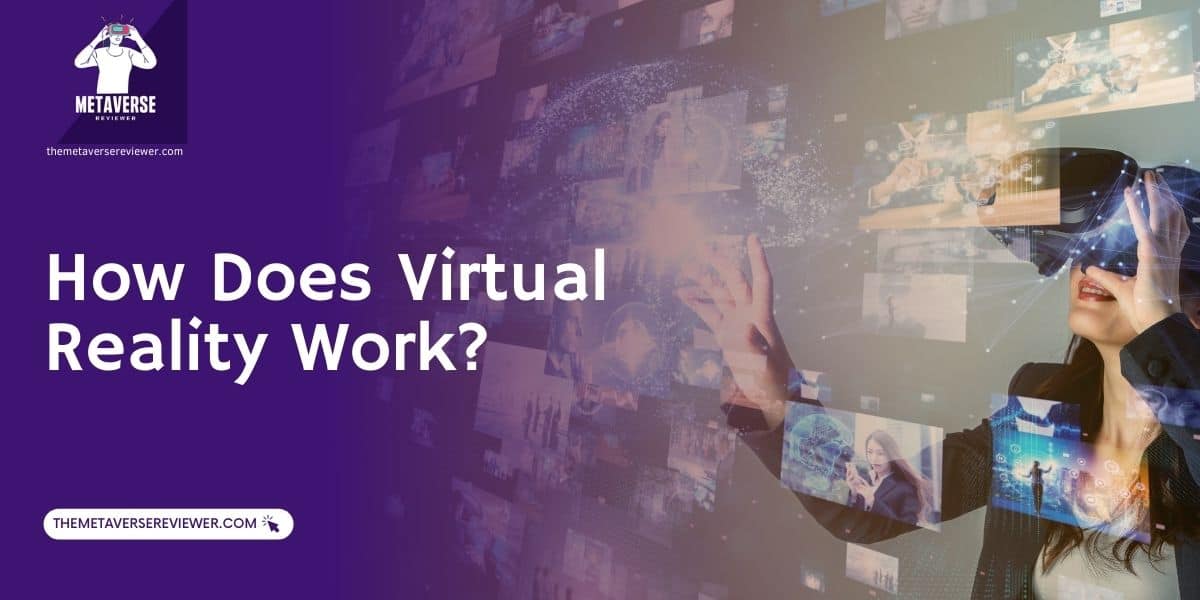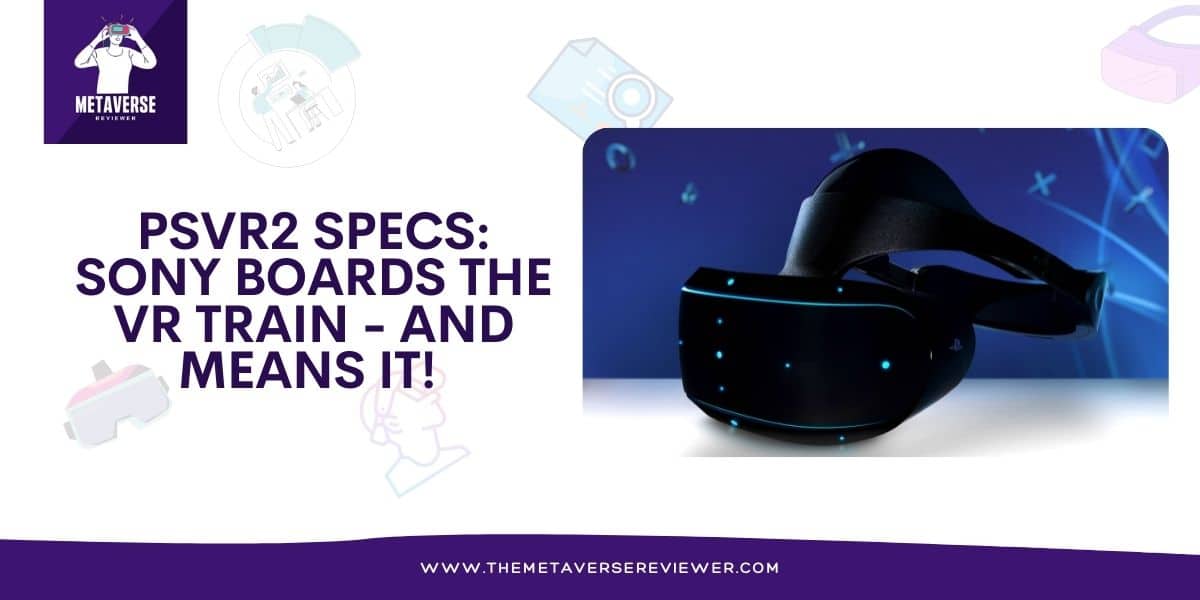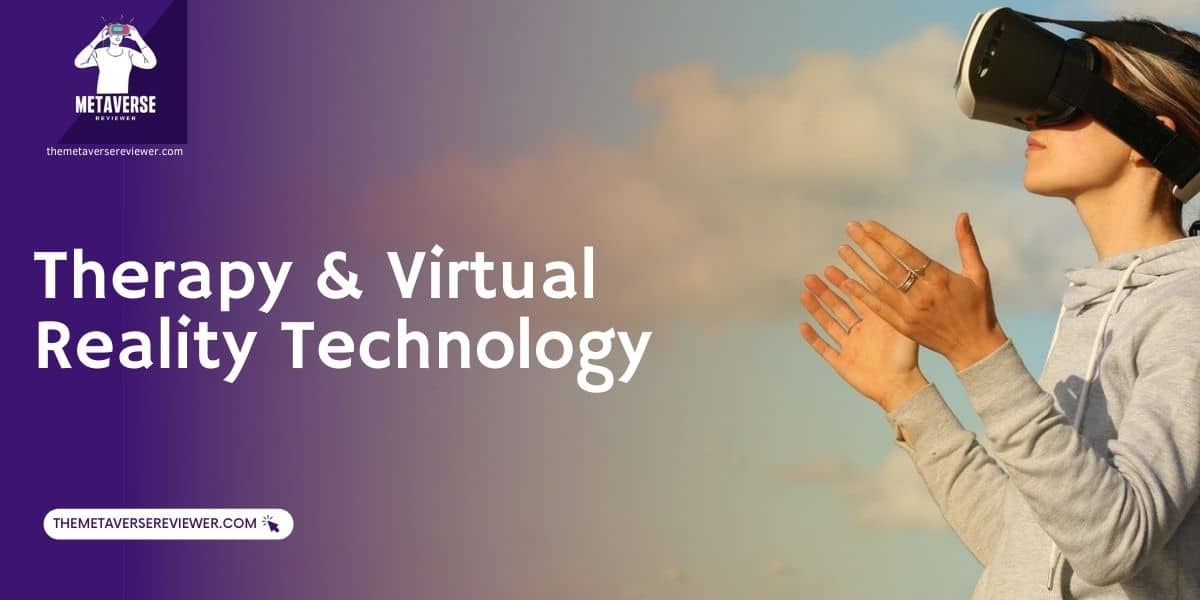Nowadays, technology is becoming an inevitable and favorite part of kids’ pastime.
Not just that, it is also a highly useful tool for educational purposes. Cartoons, video games, or basic learning activities – it’s all available at a few clicks and via a small, yet cutting-edge device.
Virtual reality, also known as VR, is the peak of technological progress that large companies race to deploy and offer to a global audience – not clearly limited by age.
Defined as a realistic simulation of a three-dimensional, computer-generated concept takes user experience to a new level.
Nevertheless, VR’s involvement of all senses also extends its effects on the human body, which raises concern about possible health risks, especially in its youngest users.
So, why exactly should you be careful with your child using a virtual reality gadget?
Let’s see what research says.
VR Headsets: No Consensus On Age Restriction
When users have some dilemma about the safety of a particular product, including its age limit, they naturally turn to its manufacturer’s instructions.
However, when you compare different brands of virtual reality equipment, the variation between minimal age recommendations for their products is evident.
For example, HTC has said their VIVE headset wasn’t designed for kids and the company strongly disapproved of children using this gadget. On the other hand, the Google Cardboard headset comes with a warning – that kids shouldn’t use it without adult supervision.
Then again, some big tech companies do state a specific age limit for their virtual reality gear. Sony advises that its PlayStation VR should be used at age 12+, whereas the product of Oculus Rift and Samsung’s collaboration, Gear VR, is recommended for teenagers over the age of 13.
Manufacturers have provided little to no clarification on the previously mentioned instructions, which indicates a lack of research and agreement on this topic. Due to the novelty of VR as a popular invention as well as the unethicality of conducting research on underage subjects, science hasn’t provided definite answers either.
VR’s Effects on Vision
When parents worry about VR gadgets’ harmful effects, the first factor they usually have in mind is children’s vision and eye health.
The American Academy of Ophthalmology confirms the validity of these concerns, stating that the prolonged and uninterrupted usage of VR gear – similarly to smartphones and devices alike – can lead to eye fatigue or eye strain.
When staring at a virtual reality screen, a user would blink less often than usual. This causes dryness in the front surface of the eye, leading to eye fatigue.
Since VR technology aims to trigger all human senses in a realistic way, observing a virtual environment with movement can cause real-time motion sickness in kids.
Vergence-Accommodation Conflict
A specific side effect of using a virtual reality headset that concerns ophthalmologists and neuroscientists is the so-called vergence-accommodation conflict.
When you perceive the real world, your eyes simultaneously move in opposite directions to provide binocular vision (vergence.
Then, the eye adjusts the lens to keep an object in focus, otherwise known as accommodation. Finally, your brain merges these two processes to build a distinct image.
However, VR headsets give each of your eyes a vaguely different picture in order to maintain simulated depth. This causes your eyes to keep a fixed point in focus, while they would still intersect on some object in the vast virtual space.
VR’s Effects On Brain Function
The effects of virtual reality headsets can go deeper and affect the brain, especially seen in young users in their formative years.
A study by the University of California conducted on rats showed that virtual reality affected neurons linked to spatial learning, causing them to shut down when exposed to the computer-generated world. We can’t know for sure whether these findings can be relevant for humans, but they point out the need for more detailed research on the topic.
A prominent researcher by the name of Marientina Gotsis points out the possibly dangerous impact of VR on children’s ability to distinguish between reality and fantasy. According to Gotsis, kids can become too immersed in the virtual environment to even react against possible discomfort caused by the equipment.
Possible Propaganda
As virtual reality headsets completely take control over the individual’s senses during usage, some parents may be concerned about potential ulterior motives.
For instance, if a manufacturer wants to impose a marketing, political, or even religious cause, they can easily manipulate a young, impressionable user through VR technology.
This can eventually alter a child’s perception of the real world – and in the long run.
Final Word
All in all, considering the lack of scientific research on the issue, the concerns of parents about the effects of VR on developing young brains are quite justified.
While virtual reality is a promising concept that can bring many benefits to an adult user, it’s recommendable for toddlers and school-age children to use it.
- Gemini vs. GPT4 – Which One to Use? - December 17, 2023
- Can You Play Oculus Quest 2 Offline Without Wifi - November 10, 2023
- VR Sickness – What You Need to Know - September 17, 2023
